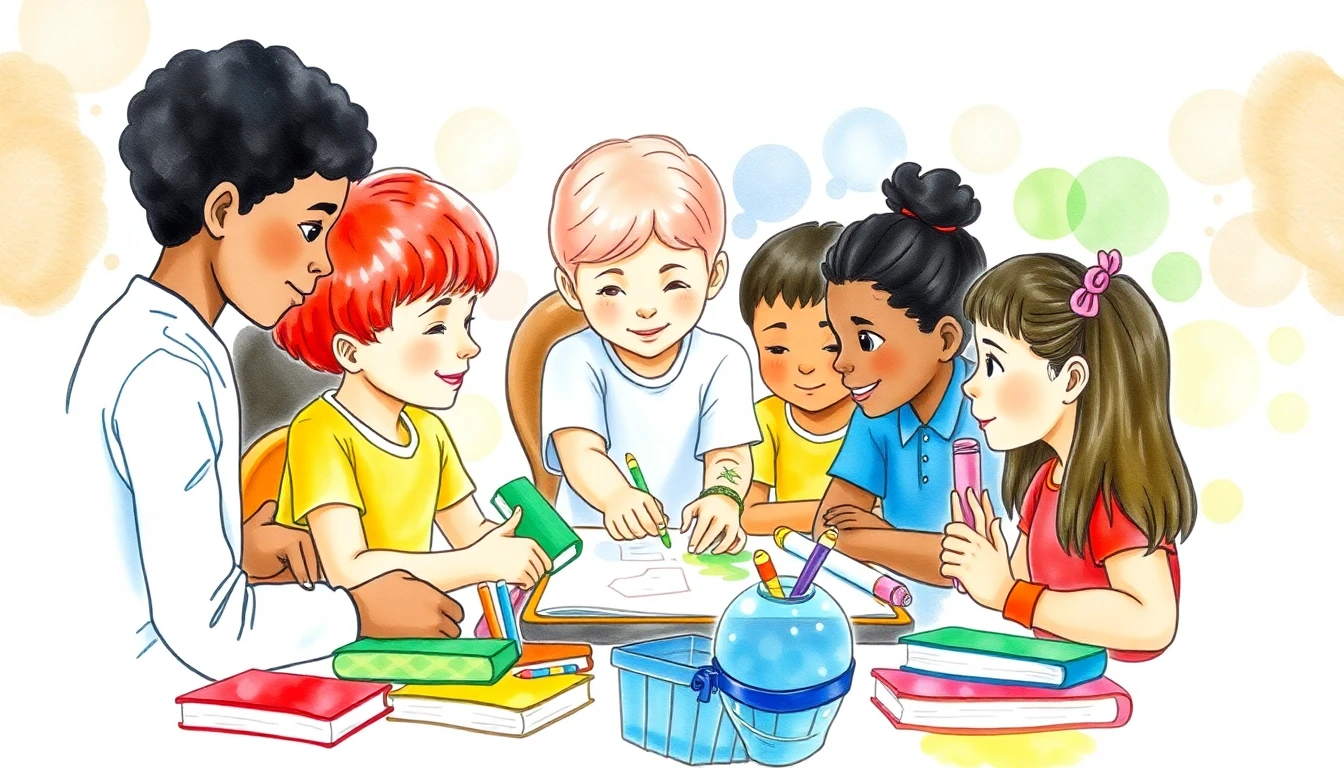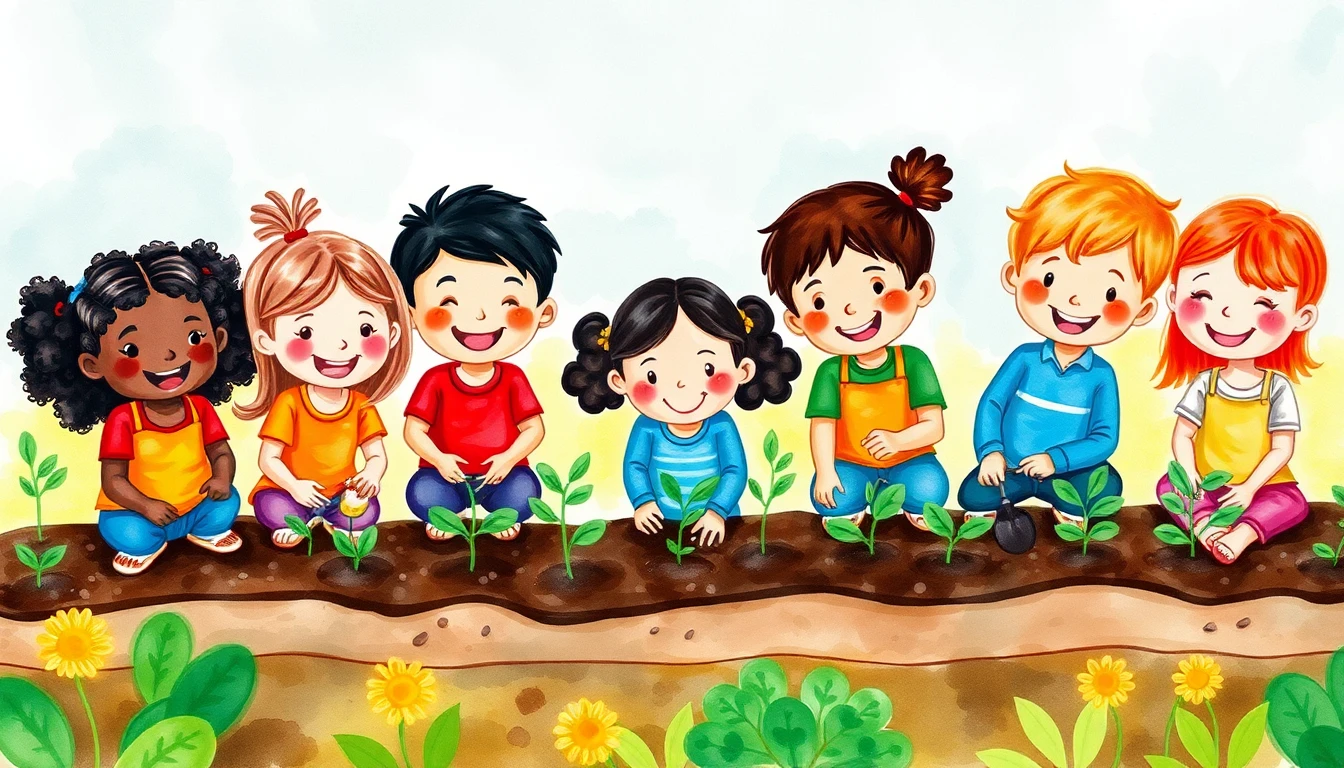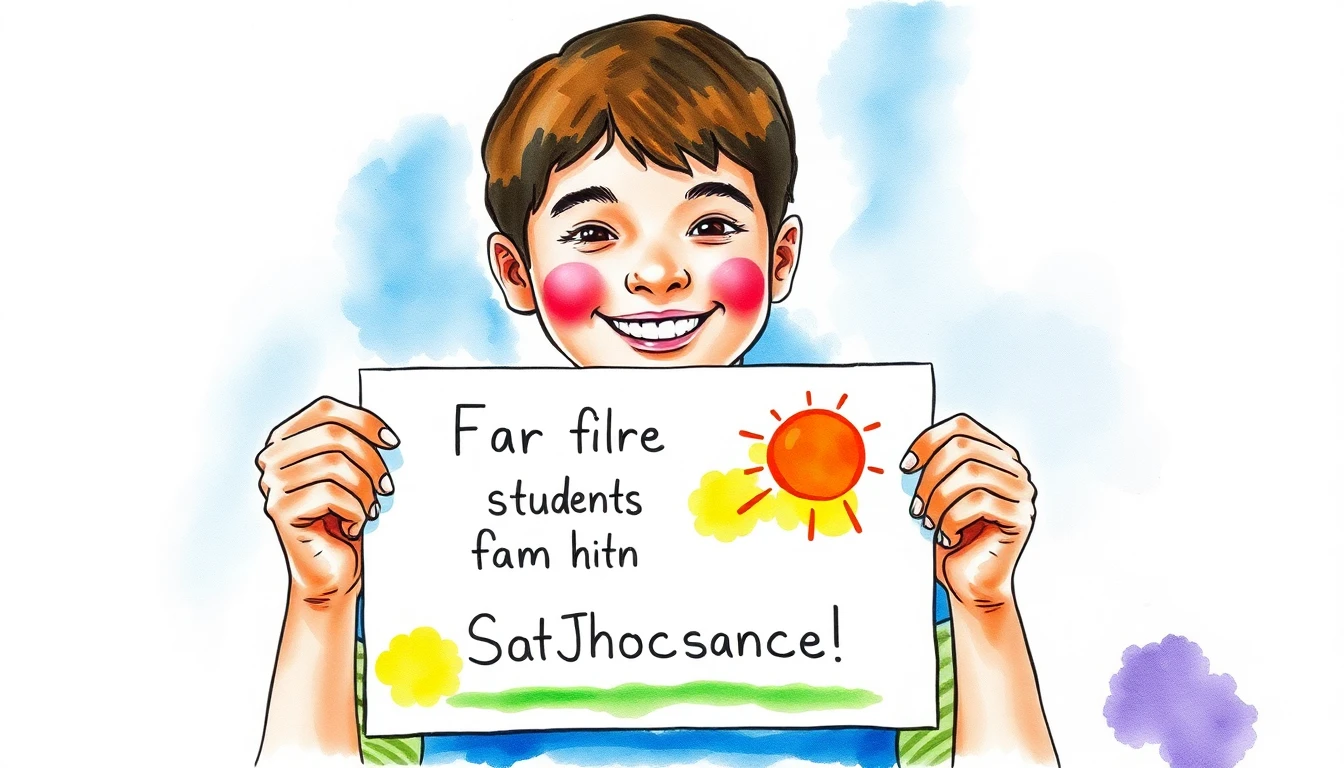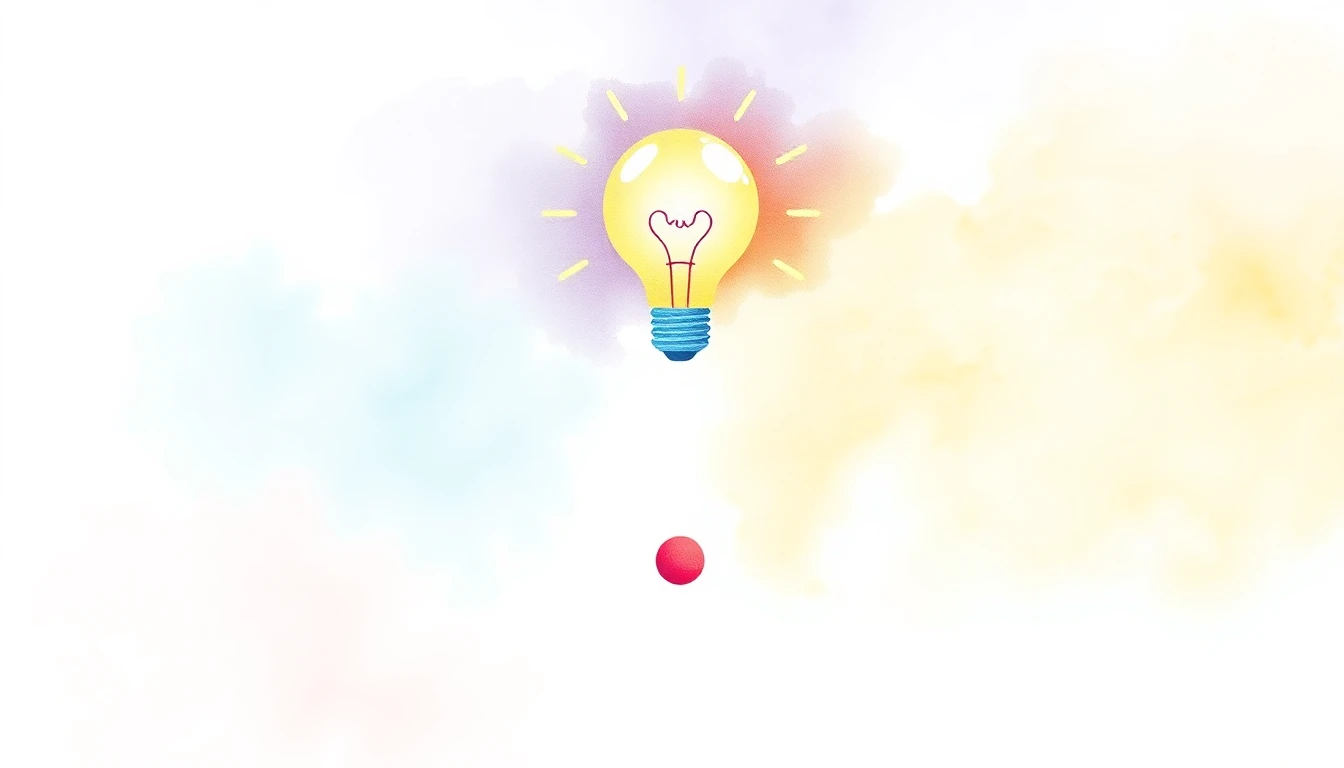
Introduction
As teachers, we have the privilege and the responsibility of shaping how our students see themselves as learners. I’ll never forget my first year in the classroom. One of my brightest students, let’s call him Alex, was terrified of making mistakes. If he didn’t “get it” right away, he’d shut down, convinced he just wasn’t smart enough. It broke my heart to see such potential held back by fear.
That’s when I discovered the power of a growth mindset. By teaching and modeling this mindset, I watched Alex and so many others begin to take risks, embrace challenges, and truly believe in their ability to grow. It was a game-changer, not just for my students, but for me as an educator.
In this article, I’ll share 15 practical, teacher-tested growth mindset exercises designed especially for elementary students. These activities go beyond “try harder” and offer real strategies to help kids build resilience, perseverance, and a love of learning. Whether you’re a new teacher or a seasoned pro, you’ll find ideas you can use right away to make a lasting impact.
Understanding the Growth Mindset

Before we jump into the activities, let’s get clear on what a growth mindset really means. Psychologist Carol Dweck’s research shows that a growth mindset is the belief that intelligence and abilities can be developed through dedication, effort, and learning from mistakes. It’s the opposite of a fixed mindset, which says, “I’m either good at this or I’m not.”
In my own classroom, I’ve seen how a fixed mindset can hold students back. “I’m just not good at math,” they’ll say, or “I’ll never be a good writer.” But when we help them shift to a growth mindset “Math is hard, but I can get better with practice” everything changes. Suddenly, mistakes become learning opportunities, and effort is something to be proud of.
Why Growth Mindset Matters (and What the Research Says)
The benefits of a growth mindset are huge. Research and real classroom experience show that students who believe they can grow:
- Stay motivated when things get tough, because they see effort as the path to mastery.
- Bounce back from setbacks and see mistakes as valuable feedback, not proof they “can’t.”
- Take more risks and try new things, leading to deeper, more meaningful learning.
- Build confidence as they see their hard work pay off.
Expert tip: Growth mindset isn’t just “positive thinking.” It’s about helping students understand that their brains can change and grow with practice and the right strategies.
15 Growth Mindset Exercises for Elementary Classrooms

Here are 15 engaging, practical exercises you can use to help your students develop a growth mindset:
- The Power of "Yet": Whenever a student says, “I can’t do it,” encourage them to add “yet.” This tiny word reminds them that learning is a journey. I kept a “Yet Board” in my classroom where students wrote things they couldn’t do yet and we celebrated every time someone moved a goal to the “I did it!” column.
- Mistake Analysis: After a quiz or assignment, spend time reviewing mistakes together. Ask, “What can we learn from this?” instead of just correcting the answer. This helps students see errors as valuable clues, not failures.
- Growth Mindset Praise: Focus your praise on effort, strategies, and progress. Instead of “You’re so smart!” try, “I can see you worked really hard on this problem, and it paid off!” This helps students connect effort with success.
- Goal Setting and Reflection: Help students set small, achievable goals and reflect on their progress. Celebrate milestones, no matter how small. This builds confidence and keeps them moving forward.
- Brain Training Activities: Show students that their brains can grow! Try learning a new skill together like origami, juggling, or a memory game. Talk about how practice makes new connections in the brain.
- Growth Mindset Stories: Read books or biographies about people who overcame challenges. Stories about scientists, athletes, or artists who failed and tried again are especially powerful.
- The Learning Pit: Introduce the idea that learning something new can feel tough like being in a “learning pit.” Talk about how it’s normal to feel stuck, and that climbing out is part of the process.
- Challenge Activities: Give students puzzles, brain teasers, or open-ended projects that stretch their thinking. Remind them that struggling is a sign their brains are growing!
- Collaborative Learning: Encourage teamwork and peer support. Group projects and peer tutoring help students learn from each other and see that everyone has strengths to share.
- Growth Mindset Journals: Have students write or draw about what they learned, what challenged them, and how they overcame obstacles. Prompts like “What did you learn today?” or “What mistake helped you grow?” work well.
- Visualize Success: Guide students to close their eyes and imagine themselves succeeding at a tough task. Visualization builds confidence and helps reduce anxiety.
- Debate Fixed vs. Growth Mindset Statements: Present statements like “I’m just not good at this” vs. “I can get better with practice.” Let students discuss which is more helpful and why.
- Role-Playing Scenarios: Create situations where students practice responding to setbacks with a growth mindset. For example, “What would you say to a friend who says, ‘I’ll never be good at writing’?”
- Create a Growth Mindset Display: Decorate your classroom with posters, quotes, and student work that celebrates effort and progress. Let students contribute their own “growth mindset moments.”
- Teacher Modeling: Be open about your own learning process. Share your struggles and how you overcame them. When students see you learning and growing, they’ll feel safe to do the same.
Practical Implementation Tips

Here are some tips to help you make these exercises a natural part of your classroom culture:
- Start Small: Don’t feel like you have to do everything at once. Pick a few activities to start, and add more as you go.
- Be Consistent: Make growth mindset language and activities part of your daily routine, not just a one-time lesson.
- Create a Safe Space: Let students know it’s okay to make mistakes and ask for help. Celebrate effort and risk-taking.
- Give Specific Feedback: Focus on what students did well and how they can improve. “I noticed you tried a new strategy that’s great problem-solving!”
- Celebrate All Successes: Recognize both big achievements and small steps forward. Every bit of progress matters.
Real classroom experience: When I started using these strategies, I noticed students became more willing to try, less afraid of mistakes, and more supportive of each other. The classroom felt more positive and energized!
Addressing Common Challenges
Change takes time, and you might face some bumps along the way. Here’s how to handle a few common challenges:
- Student Resistance: Some kids may be skeptical. Be patient, share real-life examples, and celebrate every small win.
- Fixed Mindset Language: Gently correct and reframe fixed mindset statements. “You can’t do it yet but you’re learning!”
- Lack of Time: Integrate growth mindset into what you’re already teaching. Even a quick “growth mindset moment” at the end of a lesson can make a difference.
Measuring the Impact of Growth Mindset Interventions

It’s easy to see the benefits of a growth mindset in your classroom students are more engaged, more resilient, and more willing to try. But it’s also helpful to track progress. Here are a few ways to measure impact:
- Observations: Watch for changes in how students approach challenges and talk about learning.
- Self-Assessments: Use simple surveys or reflection sheets to help students track their own growth mindset journey.
- Academic Performance: Look for improvements in participation, effort, and even grades over time.
- Student Work Samples: Collect and celebrate work that shows effort, progress, and creative problem-solving.
Frequently Asked Questions

How early can I start teaching growth mindset to students?
It’s never too early! Even young children can understand the basics of effort and learning. Use simple language, stories, and lots of encouragement. Picture books are a wonderful way to start.
What if parents have a fixed mindset?
This can be tricky, but it’s not impossible. Share resources, host workshops, or send home newsletters about growth mindset. The more parents understand, the more they can support their children at home.
Is there a risk of over-praising effort so students don’t strive for excellence?
Great question! The goal isn’t to praise effort alone, but to connect effort with strategies and progress. Encourage students to keep improving, and give feedback that helps them grow. It’s all about balance.
Closing Thoughts

Helping elementary students develop a growth mindset is one of the most important things we can do as educators. By teaching them to embrace challenges, value effort, and learn from mistakes, we’re giving them tools for a lifetime of learning and success.
Remember, this is a journey for both you and your students. Be patient, be consistent, and celebrate every step forward. When you model a growth mindset yourself, you inspire your students to do the same. Here’s to building classrooms where every child believes in their power to grow!
